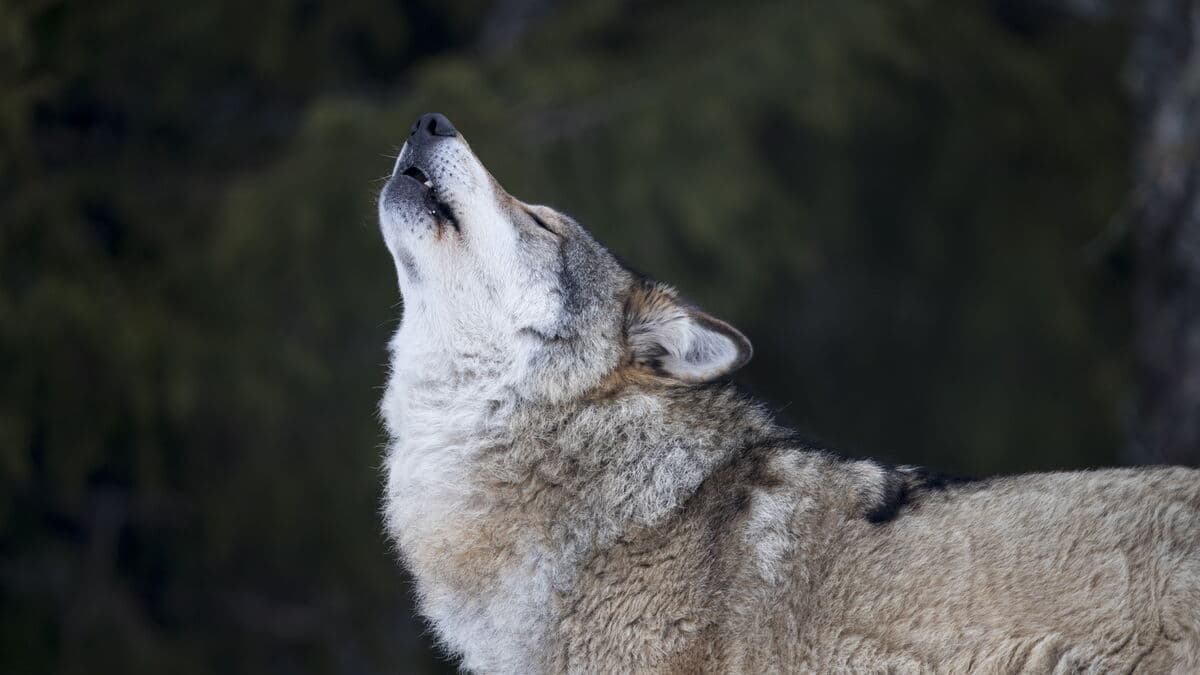The wolves could not have made it to the small island far out in the Baltic Sea on their own. The wolf bones are 3,000–5,000 years old, from the Late Stone Age or Early Bronze Age, from two different individuals who lived a few hundred years apart.
"We didn't expect wild wolves to be able to live here. It's too far out to sea for mammals to be able to get there on their own," says Anders Bergström, an evolutionary biologist at the University of East Anglia in the UK.
Unusual food
But how can you be sure that the wolves actually lived on Stora Karlsö and that these are not bones from dead wolves that were transported there by humans?
It is a possible alternative explanation, but we believe it is not very likely.
Anders Bergström points out that there are signs in the bones that the wolves have eaten fish or seals, a highly unusual food for a wolf. However, this was the kind of food the people there lived on.
It's a sign that they actually lived with people and weren't just transported there after their death.
The bones come from two relatively small wolves with low genetic diversity.
It is something that is seen in various isolated groups of animals, but also in domesticated animals.
A mystery
Why people would want to bring wolves to the island can only be speculated about. Anders Bergström thinks it's a bit of a mystery, because it's hard to see what benefit a wolf could do.
Maybe there was some religious or symbolic meaning to it all, that people had a special relationship with wolves, he speculates.
There may not always have been any direct benefit in everything you did in the past.
The wolf bones have been examined as part of a larger project on the history of dogs. In the cave Stora förvar, where the wolf bones were found, remains of dogs have also been found. The researchers cannot be sure what it looked like at any specific time, but believe that dogs were kept continuously during this period.
Researchers from four different universities, including Stockholm University, are behind the study. It is published in the scientific journal PNAS.





